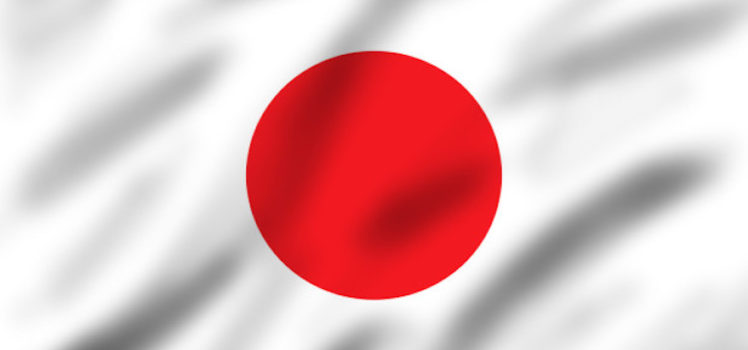How to Invest in Japan

Japan represents an anomaly among the world’s economies, and while its economic characteristics haven’t changed much over the last few decades, the performance of its various asset markets has definitely gone through major gyrations. The economy is unique in that it has barely grown for decades, suffers from an aging population and poor demographics, and has had near zero inflation for decades, yet remains one of the wealthiest countries as measured by average income for its citizens.
In terms of the long-term direction of the economy, the overall consensus by academics and policymakers alike is that Japan needs to generate inflation and get its citizens to spend more in order to achieve growth. As the country has had a relatively strong currency for a long time (last few years it has weakened), Japanese exports have languished because goods were expensive relative to its nearby Asian competitors. The Japanese corporations’ investment in their own economy remains low, and people feel very comfortable keeping their high savings in bank accounts as the frequent periods of deflation actually make cash balances pay off. All in, there are not major sources of growth engines behind the economy. As the following chart shows, Japan’s GDP growth rate has been significant for only two years in the last 15.
Japanese Annual GDP Growth Rates (%)

These rather bleak trends were in place until late 2012, when Prime Minister Shinzō Abe launched his bold agenda (the first of three intended “arrows”) to get the economy invigorated. Since that time, the central bank has embarked on a historically massive easing of monetary policy, ranging from gigantic quantities of bond buying – quantitative easing – to most recently the move to negative interest rates in January 2016. These policies initially seemed to gain significant traction, whereby inflation expectations climbed, the yen weakened, and equity markets surged. However, since 2015 the effects have waned, the economy has slumped, and investors have turned sour on further economic or inflationary gains. In an effort to generate some momentum, PM Abe is signaling for more fiscal expansion, and the central bank is hinting at bringing interest rates even more negative. So far, these type of efforts have fallen short, and it seems unlikely they will have much of an effect before year end unless the government decides to fast-track and front load some spending.
From a credit perspective, even though the country has solid credit ratings, Japan’s debt ratios are intimidatingly large. Currently above 240%, Japan’s debt-to-GDP ratio is projected to climb towards 300% by 2030 according to the IMF, unless policies change dramatically. While these sound like unsustainable levels of debt (Greece is at 175% and Italy is around 120%), markets continue to remain calm about the issue as Japanese savings are high enough to absorb the debt for the foreseeable future. In the longer term, however, unless the country grows, inflates its debt, or undergoes a significant fiscal adjustment, debt is going to be a problem.
Despite its rank as the third largest economy in the world, Japan has relatively few investment options for the global investor. Most activity is focused on the equity market, the currency, and the government bond market. Each of these markets tend to go through significant periods of range-bound prices and low volatility, and then long periods of identifiable trends. The chart below shows how Japan’s currency, the yen, has tended to move with equity markets. Generally speaking, since the early 2000s, yen weakness has been correlated with equity strength. The stock market peaked in mid-2015 and has slumped ever since, while the currency has strengthened relative to the dollar. Recent economic indicators and a lack of new policy ideas suggest the weakness is due to persist over the coming months. Key to a turnaround for Japan’s stock market would be signs that the government is speeding up fiscal spending, or debating policies that boost confidence in the policymakers’ ability to enact reforms.
Japan’s Yen (vs Dollar) and Nikkei Stock Index

The most common way investors can access Japanese investments is through the stock market. Investors can gain exposure to the Japanese equity markets through individual firm stocks or can invest “passively” in the Nikkei stock index overall through different exchange traded funds (ETFs). Most popular over the last few years have been the currency hedged ETFs, which take out the yen risk. Wisdom Tree’s Japan Hedged Equity (ticker) EWJ or iShares HEWJ are examples. As the graph above showed, given the high correlation, when equity returns have been high, the currency has been weak, so netting out the yen risk has boosted returns in the rallying periods since 2012. There are also unhedged versions of the ETFs, including EWJ and DXJ, for example. For those investors with more refined equity views, there are also ETFs representing subsets of Japan’s stock market. Of course, investors can gain access to active managers’ views on Japanese stocks through a variety of mutual funds.




